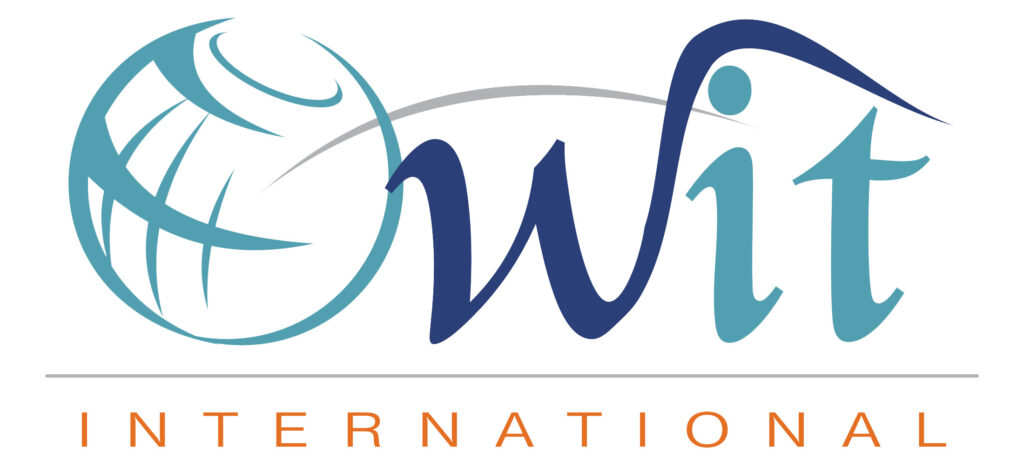Data on women’s participation in international trade is growing, including their representation in leadership positions in international trade organizations, their participation in international trade flows as entrepreneurs and business owners, and their access to finance and resources for international trade. Some key data points include:
Women account for only 21% of firms that export globally, according to data from the International Trade Centre.
The gender gap in exporting is particularly pronounced in low- and middle-income countries, where women-owned firms account for only 16% of exporters, compared to 25% in high-income countries, according to a report by the International Trade Centre.
Women’s representation in leadership positions in international trade organizations remains low. For example, as of 2020, only 6 of the 164 member countries of the World Trade Organization were led by women, according to the WTO.
Women face significant barriers to accessing finance and resources for international trade, including limited access to credit, limited access to training and mentoring programs, and limited access to networks and information. For example, women-led businesses in Africa face a financing gap of $42 billion, according to data from the African Development Bank.
Overall, these data points suggest that while women’s participation in international trade is growing, there is still significant work to be done to ensure that women have equal access to the benefits of global trade hence the importance of strong partnerships in international trade. Building strong partnerships can help women gain a foothold in this arena. In this blog post, we will explore the importance of strong partnerships in international trade from women’s perspective.
Building strong partnerships can bring many benefits and some of these benefits include:
Access to new markets: Strong partnerships can open up new markets and create new opportunities for growth.
Access to capital: Women-owned businesses often face challenges in accessing capital, but partnerships can provide additional funding sources.
Increased visibility: Building partnerships can help increase visibility in international markets and establishment as key industry players.
Increased knowledge: Partnerships can provide access to new knowledge and skills, as well as opportunities to learn from others.
Reduced risk: Collaboration can help reduce risk in international trade ventures by sharing resources and expertise.
How to build strong partnerships
Building strong partnerships requires effort and dedication and following are some tips to build strong partnerships in international trade:
Identify shared goals: It is important to identify partners who share similar goals and values. This will help to ensure a strong and productive partnership.
Communicate effectively: Effective communication is key to building strong partnerships. Communicate clearly and openly with partners bearing in mind cultural nuances to avoid being misunderstood.
Be open to collaboration: Be willing to collaborate with others after doing your diligence and be willing to compromise when necessary.
Build trust: Trust is a crucial element of strong partnerships. Work to build trust with by being reliable and honest.
Focus on the long-term: Building strong partnerships takes time and effort. Focus on the long-term benefits of partnerships and be patient.
At OWIT we foster international trade and the advancement of women in business through partnerships with different stakeholders. Members are able to partner with each other and different chapters are able to partner for more robust programming. Consider joining OWIT and discover a world of prospective partners. Visit www.owit.org
Author: Frida Owinga – President, OWIT International



